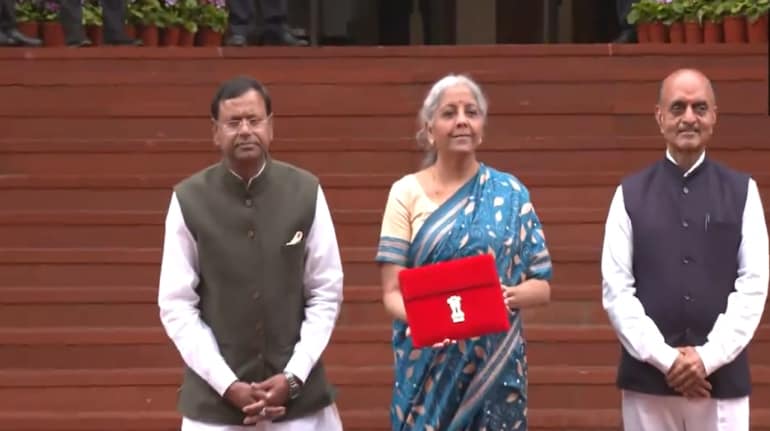The Indian economy, after years, has gained immense strength, and even with the stimulus taper, the markets shall stay robust.
Sonam Srivastava
November 04, 2021 / 11:19 AM IST

Sonam Srivastava, Co-founder, Wright Research
In this Hindu New Year or Samvat 2078, which starts this Diwali, we are stepping into a new market, one that might not be as shiny as the last Samvat but will be filled with exciting new opportunities nevertheless!
Diwali is the ‘muhurat’ to start new investments, but before we start, it is wise to get a measure of what the next year will look like. We are starting the new year with a correction, and the Indian market might show a 10-15 percent correction as it has run up higher than global markets.
Next year, there will be a sectoral shift, and sectors like FMCG and pharma will take a step back. But, at the same time, industrials, financials, and consumer discretionary like autos might shine in the cyclical recovery. Inflation will be a worry due to rising commodity prices, and investors will closely watch the central bankers for policy decisions to taper stimulus and control inflation.
The Indian economy, after years, has gained immense strength, and even with the stimulus taper, the markets shall continue to be robust. But the market will not favour all investors. It shall favour a tactical investor who invests in the chosen factors and sectors.
To make the most of the following year, if you’re looking to invest Rs 10 lakh this Diwali, here would be my suggestions:- Have an asset allocation as per your risk profile. For example, if you are a high-risk investor, go all-out into the chosen equity funds or strategies. On the other hand, if you are a moderate investor, have 30-40 percent investment in short-term debt funds, corporate bond funds, and gold. Finally, if you are a conservative investor, increase the debt portion to 50-80 percent and stay away from high-risk debt funds.
- For your equity allocation, choose an active tactical fund or strategy for a better return along with a passive portion. For example, while you can allocate 20 percent of your budget to a Nifty index fund or ETF, the rest of your equity allocation should go to sectoral funds or active strategies.
- Among sectoral funds, go for industrials, financials, and consumer discretionary like autos for the next year and also look at International exposure, given that China is stabilising now. For the long term, preferred funds might be IT, infrastructure, new energy, and ESG (environment, social and governance).
- The allocation to small-caps should be less than 20 percent of your equity allocation, and looking at flexicap funds could also make sense.
- My philosophy is not to be married to a single factor or theme for investing directly in equity and I like to actively manage exposure to various factors. While I expect the high-momentum stocks to continue to perform well like last year, despite any correction, looking at stocks that are showing good growth and have a good quality of earnings and management would also be a strategy that would work. If you are a new investor, you can get exposure to expert tactical stock picking in small cases.
- Finally, some big IPOs of new-age companies are there – Nykaa, Paytm and Policybazaar, to name a few. These will provide listing gain and be sought-after stocks in the secondary markets in the new economy. Similarly, stocks that are bringing in innovation in electric vehicles, fintech, and e-commerce will be a good bet for the next year!
Disclaimer: The views and investment tips expressed by investment experts on Moneycontrol.com are their own and not that of the website or its management. Moneycontrol.com advises users to check with certified experts before taking any investment decisions.
Where to invest Rs 10 lakh on Samvat 2078? Sonam Srivastava of Wright Research suggests - Moneycontrol.com
Read More


No comments:
Post a Comment